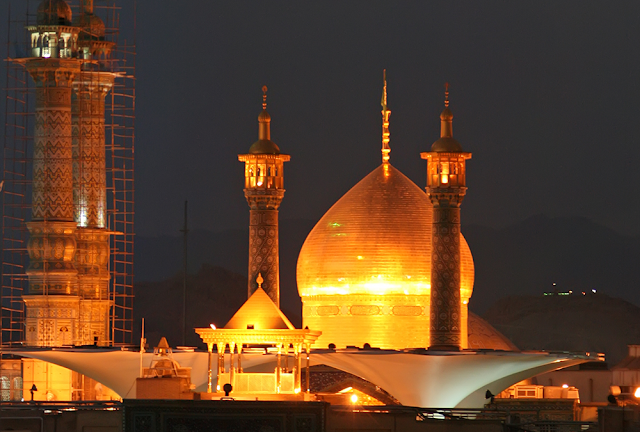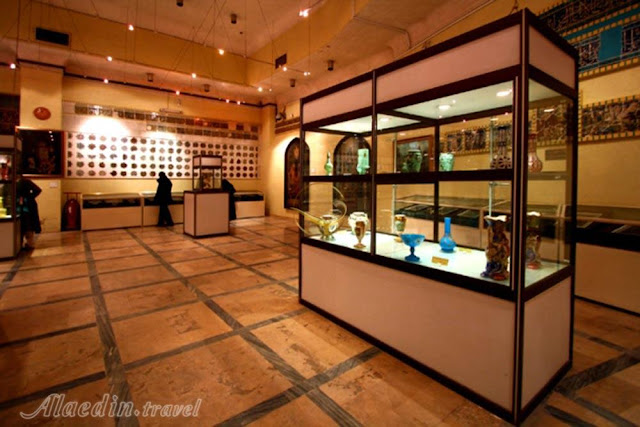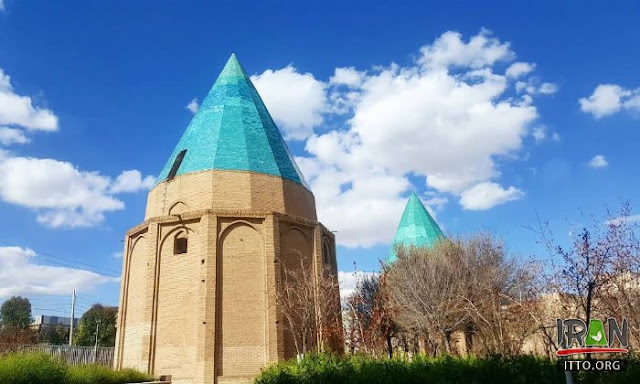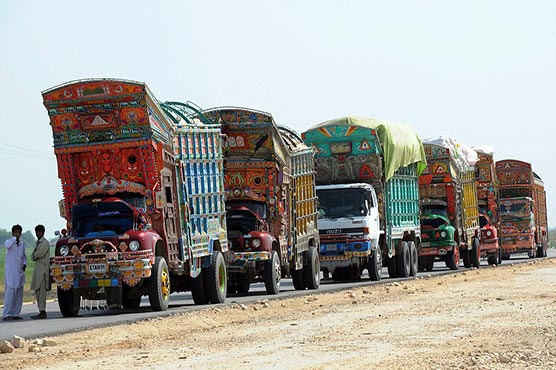Five places to visit in Qom after quarantine
Qom, also
spelled as Qum, city, is the capital of Qom province which is located in north-central Iran. The
city lies on both banks of the Rūd-e Qom and beside a salt desert, the Dasht-e
Kavīr, 92 miles (147 km) south of Tehrān.
The modern
city has the largest madrasah (theological college) in the country,
where students can specialize in Islamic law, philosophy, theology, and
logic. It was at Qom that the Iranian army surrendered to Islamic revolutionary
militia in 1979. Following the Islamic Revolution in Iran early in
1979, the revolution’s principal figure, the Ayatollah Ruhollah Khomeini,
again took up residence in Qom, whence he had been exiled by the shah, and made
the town his seat.
Some 10
kings and 400 Islamic saints are interred in Qom and its neighbourhood. It is a regional centre for the distribution
of petroleum and petroleum products, and a natural gas pipeline
from Bandar-e Anzalī and Tehrān and a crude-oil pipeline from Tehrān
run through Qom to the Abadan refinery on the Persian Gulf. here are five places your can visit to wear down the effects of quarantine.
The Shrine
of Fatemeh Masumeh is located in Qom, which is considered by Shia Muslims
to be the second most sacred city in Iran after Mashhad. The mosque
consists of a burial chamber, three courtyards and three large prayer halls, totaling
an area of 38000m2. The three prayer halls are named: Tabātabā'ī, Bālā
Sar, and A‘dham. Many miracles have been recorded as taking place at this
shrine, and they are documented in a special office within the shrine complex. Lady
Fatima Masuma (a) was the daughter of the 7th Imam, Imam Musa al-Kadhim (a),
and the sister of the 8th Imam, Imam Ali al-Rida (a). She was a noble lady who
dedicated her life to Islam and Allah. She is buried in the city of Qum in
Iran.
Visit Jamkaran Mosque
Jamkaran
Mosque is one of the primary significant mosques in Jamkaran, a
village in the outskirts of the city of Qom, Iran. Sometime in the decade
of 1995-2005, the mosque's reputation spread, and many pilgrims, particularly
young people began to come to it. In the rear of the mosque, there is a
"well of requests" where it is believed the Twelfth Imam once
"became miraculously unhidden for a brief shining moment of loving
communion with his Creator." Pilgrims tie small strings in a knot around
the grids covering the holy well, which they hope will be received by the Imam
Mahdi. Every morning custodians cut off the strings from the previous day.
Dine at Mehr o Mah
No doubt
Mehr o Mah is the best tourist complex in Iran. The entire complex is very clean
and posh. There are guards, cleaning staff, and controllers. You can find several fast food outlets here including
a traditional restaurant with Persian cuisines. A few famous brands like as Adidas
can also be found on the ground floor along with the most famous delight Soohan
(special pastry of Qom.
See Astane Museum
There are
several buildings that make up the museums that form part of the Holy Shrine. Exhibits
include early copies of the Holy Quran, coins, numerous religious manuscripts
and original paintings. There are also several shrine coverings that show how
they have evolved.
Astaneh Moqadasseh Museum in Qom owning a fantastic collection of items is a valuable historical asset from the second to the contemporary period and is among the oldest and most diverse Iranian museums. It is located on Astaneh Square near Faizia School next to the courtyard of the Fatima Masumeh Shrine
Astaneh Moqadasseh Museum in Qom owning a fantastic collection of items is a valuable historical asset from the second to the contemporary period and is among the oldest and most diverse Iranian museums. It is located on Astaneh Square near Faizia School next to the courtyard of the Fatima Masumeh Shrine
The
collection of works of the museum consists of various sections, the most
important of which are: the section of the Quranic verses from the second to
the contemporary era. A Quran linked to Imam Reza written on deer skin, with a
leather case and decorations of gold cover is the most important one. On
another section, carpets and rugs, as well as paintings and miniatures of the
Qajar and Safavid periods, goldsmith shrines with designs, motifs and crafts of
the sixth to the eighth century AH, wooden artworks, glassware and pottery
dating back to the first and second millennium BC are displayed. The other
parts of the museum depict collections of metal jewelry decorations, golden
plaques with designs and beautiful inscriptions dating back to the sixth to the
eighth centuries.
Bagh-e Gonbad-e Sabz
These three
towers were built in 14th century in Ilkhanid era. The great
architect Mohammad bin Abi Shoja has designed Soltanie Dome in Zanjan which is
one of world heritages. You can visit it from 8am to 1pm
labels:








I think this is the category you should write more.
ReplyDeletesoon brother,
Deletevery soon